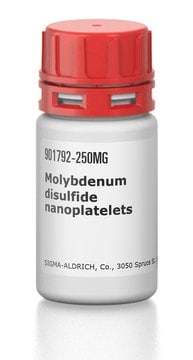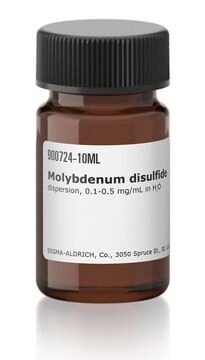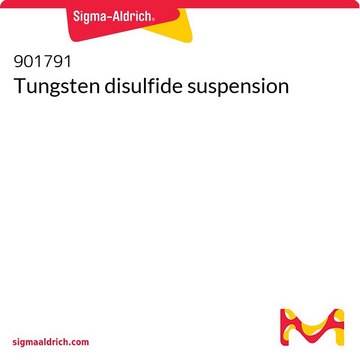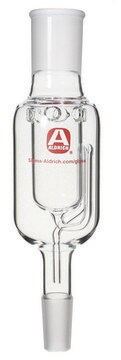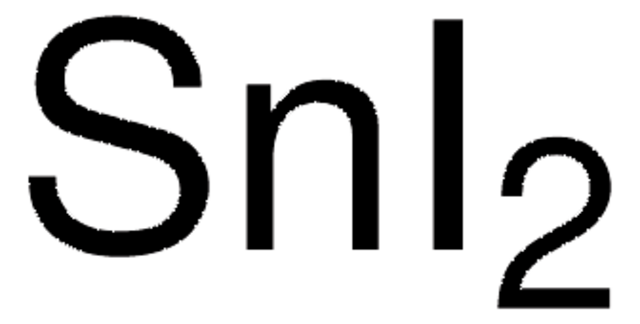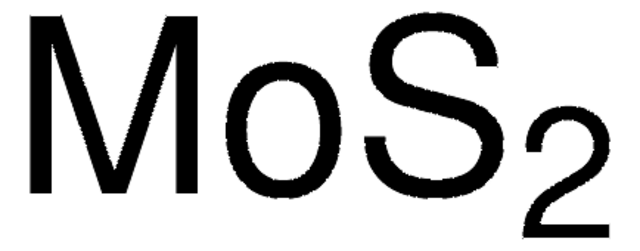902012
Molybdenum disulfide suspension
avg. no. of layers, < 3
Sinónimos:
2D-Moly sulfide dispersion, 2D-Molybdenum disulfide dipsersion with nonionic surfactant, 2D-Molybdenum disulfide dispersion, Moly sulfide
About This Item
Productos recomendados
descripción
50-1000 nm
thickness < 3 layers
formulario
liquid
Características
avg. no. of layers< 3
características de los productos alternativos más sostenibles
Design for Energy Efficiency
Learn more about the Principles of Green Chemistry.
sustainability
Greener Alternative Product
concentración
5 mg/mL in H2O
categoría alternativa más sostenible
¿Está buscando productos similares? Visita Guía de comparación de productos
Descripción general
Aplicación
Código de clase de almacenamiento
12 - Non Combustible Liquids
Clase de riesgo para el agua (WGK)
nwg
Punto de inflamabilidad (°F)
Not applicable
Punto de inflamabilidad (°C)
Not applicable
Elija entre una de las versiones más recientes:
Certificados de análisis (COA)
¿No ve la versión correcta?
Si necesita una versión concreta, puede buscar un certificado específico por el número de lote.
¿Ya tiene este producto?
Encuentre la documentación para los productos que ha comprado recientemente en la Biblioteca de documentos.
Los clientes también vieron
Nuestro equipo de científicos tiene experiencia en todas las áreas de investigación: Ciencias de la vida, Ciencia de los materiales, Síntesis química, Cromatografía, Analítica y muchas otras.
Póngase en contacto con el Servicio técnico
